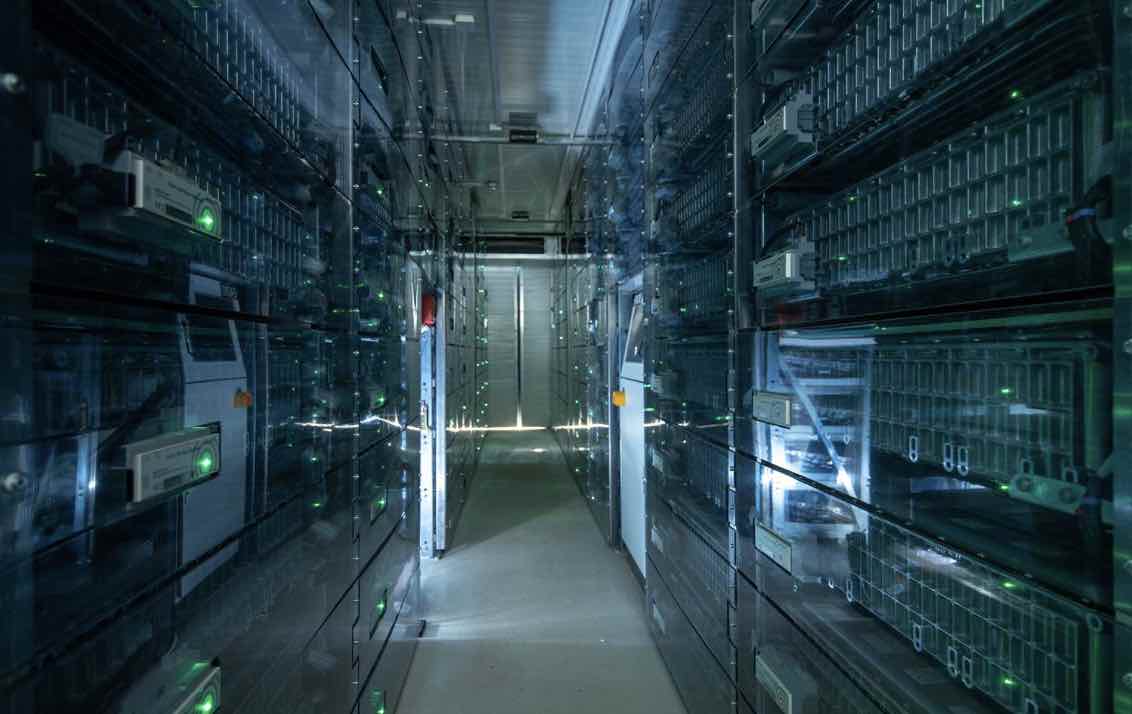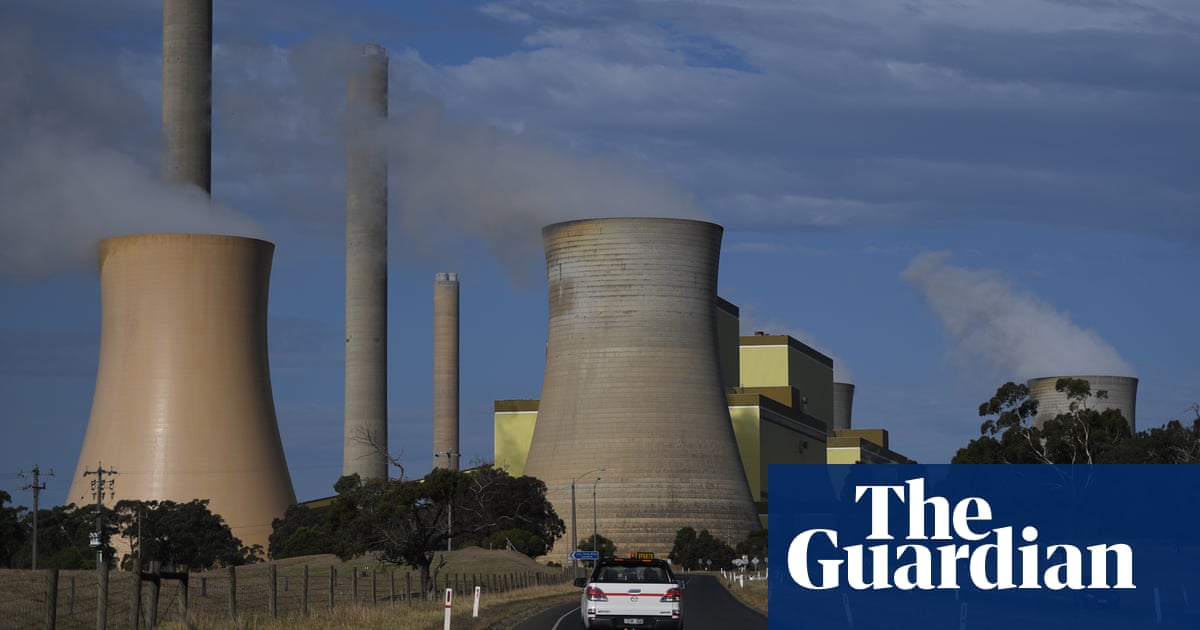This was very interesting. I had to google it.Here, utilities talk about the "Duck's back curve", power demand peaking in the evening. It is a lie.
Power demand actually peaks mid afternoon. PV peaks at noon (oriented West could peak early afternoon.)
Total of all demand minus PV is what yields the duck's back curve. (You could subtract any once source from all load and make a different curve.)
To me, this can easily be remedied if they did as many of us do. Add storage.
This seems like many other scenarios where legacy systems/business are trying/fighting against the inevitable.
If the internet is to be believed (ya ya I know), it took approximately 23 yrs for the automobile to replace the horse and buggy.
I agree with your stance @Hedges ... why should the electricity infrastructure be updated when the can shift the burden to those trying to be responsible.
Like water off a duck's back. Pun intended. This studied was model over a decade ago. Why are they sitting on their laurels.





